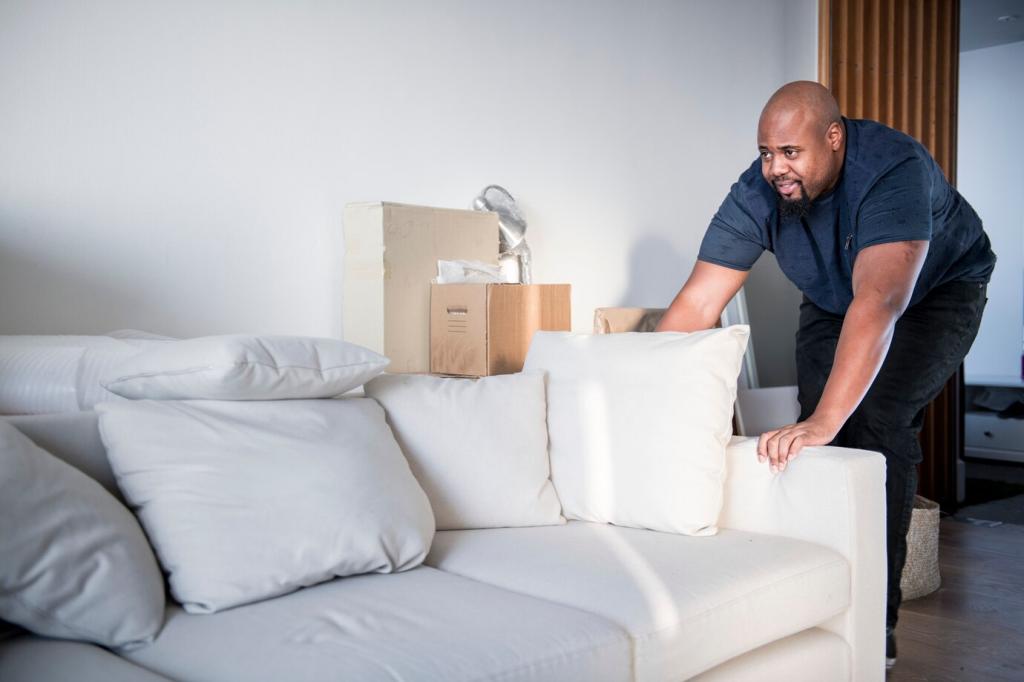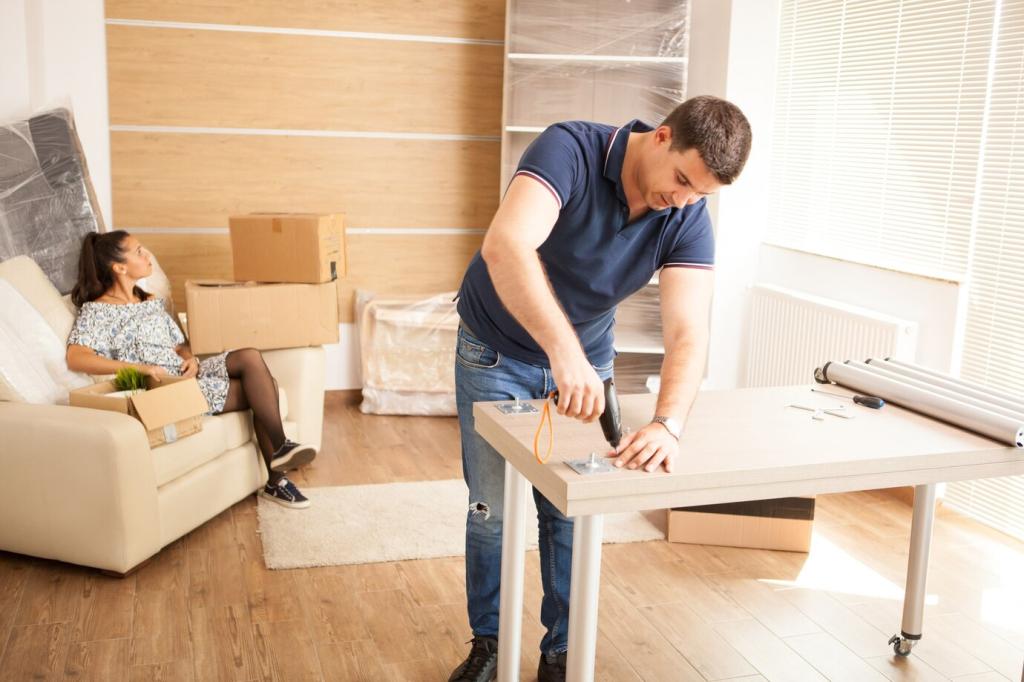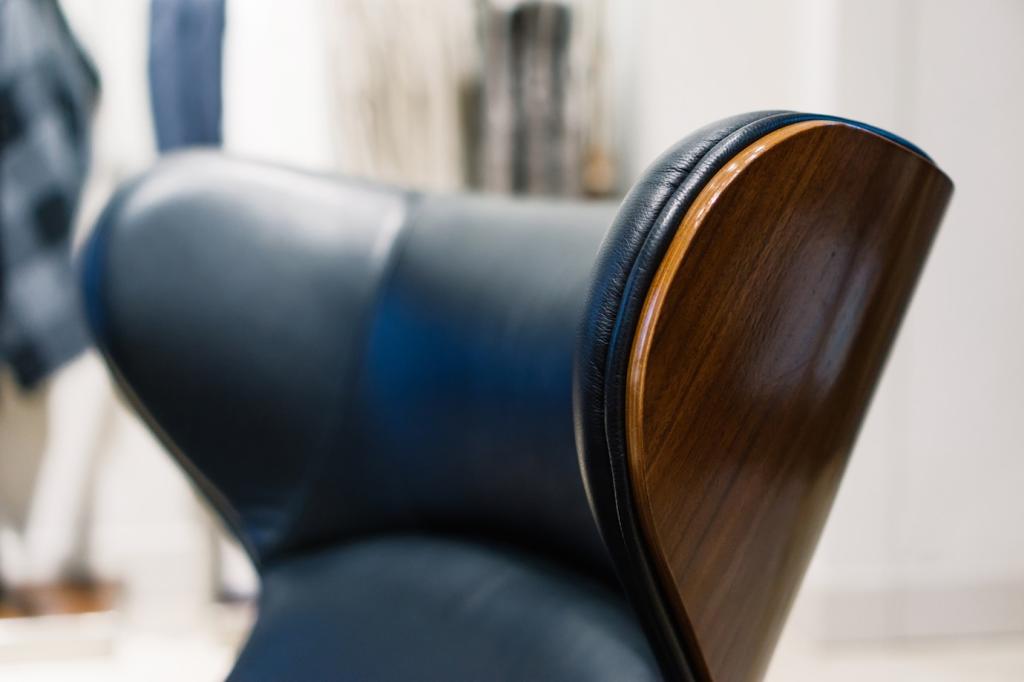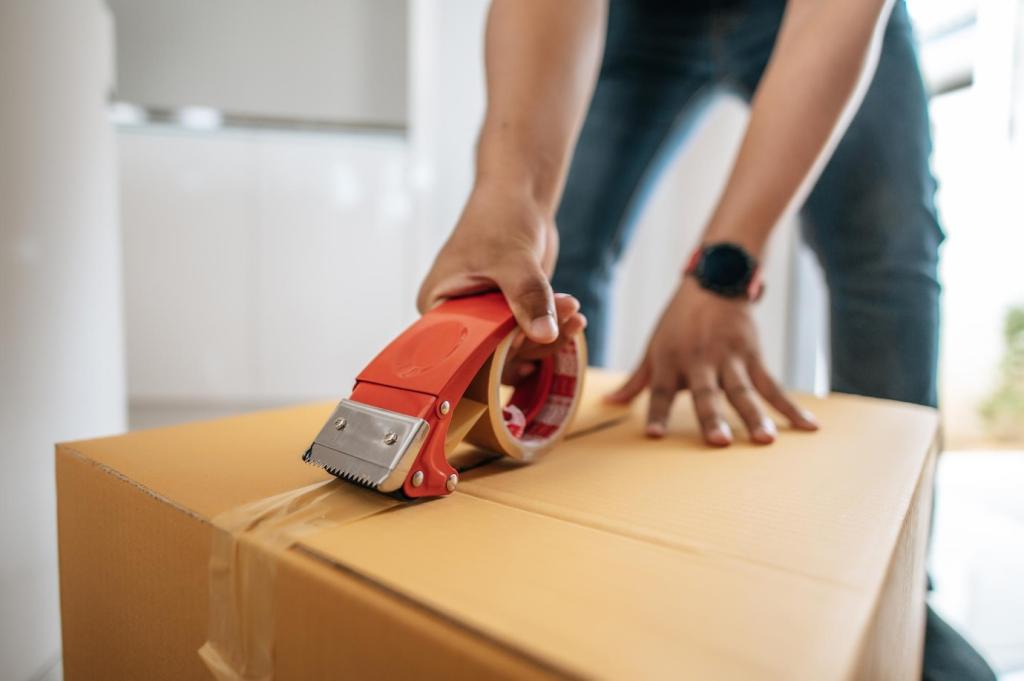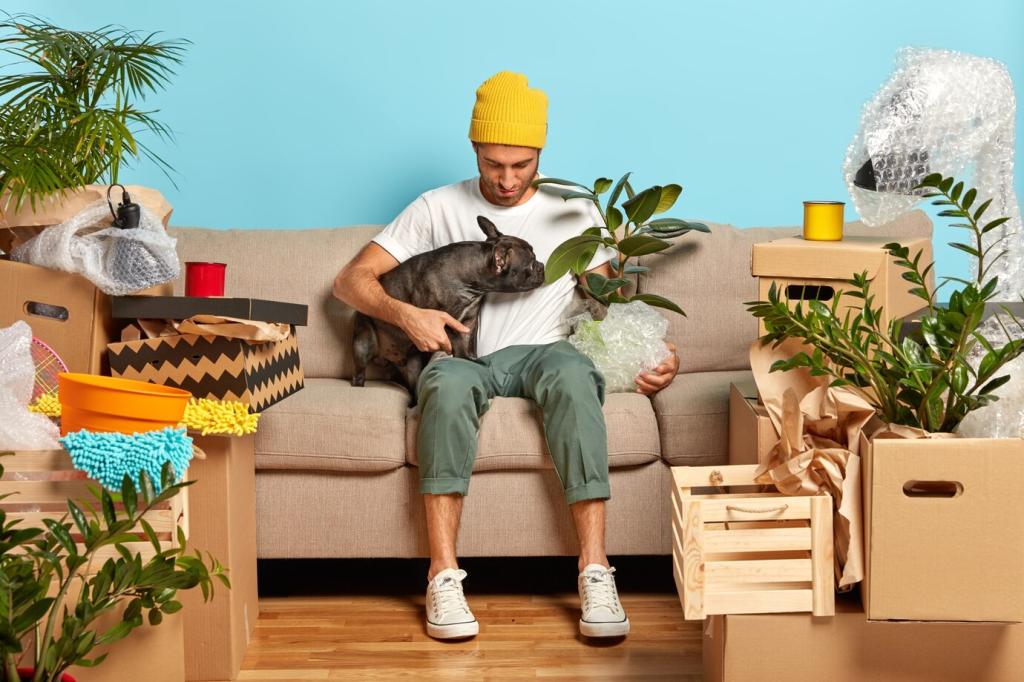Emergency Playbook for Heatwaves and Cold Snaps
If leather feels hot to the touch, move it out of direct sunlight, lower blinds, and cool the room gradually. Avoid conditioning immediately; let temperature normalize first, then reassess hydration the next morning.
Emergency Playbook for Heatwaves and Cold Snaps
After a freeze, never blast heat directly on leather. Raise room temperature slowly, allow fibers to soften naturally, then apply a minimal conditioner layer. Test in an inconspicuous spot to avoid finish blooming.
Emergency Playbook for Heatwaves and Cold Snaps
Deep cracks, color lift, or cloudy finishes after extreme temperatures deserve expert attention. Document conditions, stop DIY fixes, and consult a certified leather technician for restoration tailored to your specific leather type.

